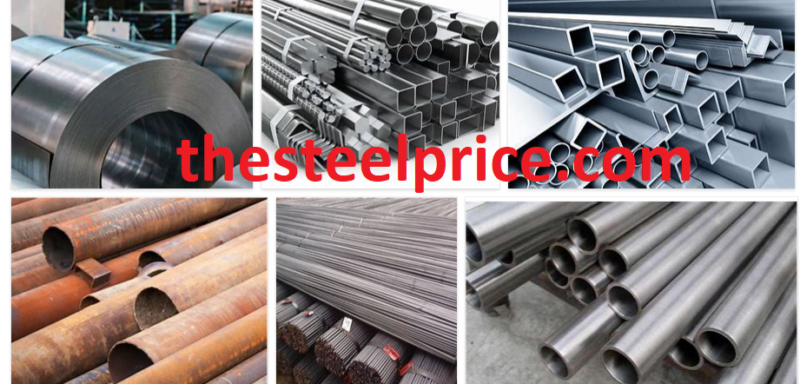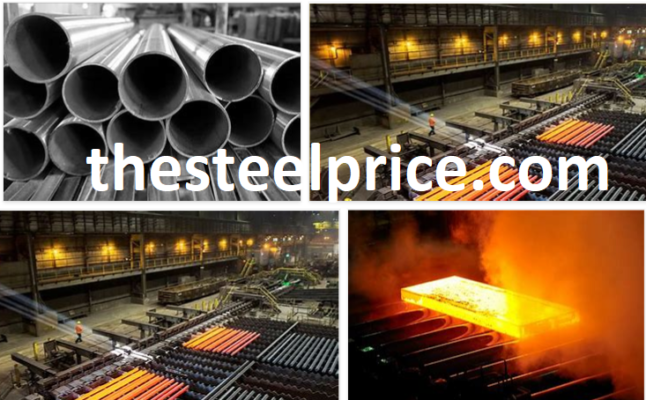Properties of St 37 – s235 grade steels
s235 grade steel Structural steels are building materials that have certain steel grades consisting of standard cross-section shapes and have industry standards. There are structural steel grades with chemical compositions and mechanical properties formulated according to certain applications.
It is indispensable for a steel structure to be applied in Europe to the EN 10025 European Standard managed by the European Iron and Steel Standardization Committee (ECISS), a subset of the European Standardization Committee (CEN).
There are different examples of European structural steel grades: – S195, S235, S275, S355, S420 and S460. If the structural steel application is to be carried out in the European Union, they prefer three common structural steel quality stansons S235, S275 and S355, which are valid in all European countries. We will look at the chemical composition, mechanical properties and application limits of S group steels.
There are classifications of structural steels in accordance with the European Standard. These include: S, 235, J2, K2, C, Z, W, JR and JO. Of course, the standard classes are not limited to these, and different symbols are also used:
- ‘S’ is structural steel;
- ‘235’ (tested at 16 mm thickness) for the minimum yield strength of steel;
- ‘J2’, ‘K2’, ‘JR’ and ‘JO’ indicate the strength toughness of the metal according to the Charpy impact test or ‘V’ notch test
- methodology;
- ‘W’ means resistant to atmospheric corrosion,
- ‘Z’ represents structural steel with improved strength perpendicular to the Axis,
- ‘C’ defines cold forming.
Initials in structural steels are used to indicate that the steel is in certain grades and standards. These standards are decided during the production process.
Although a global standard structure is not worldwide, European and American standards are generally accepted. The reason for the change of steel standards is due to regional atmospheric changes and conditions. For example, structural steels produced for the US market must be specified in accordance with the American Society for Testing and Materials (ASTM). International rules are referenced with ‘A’ and then the corresponding grade, for example, A36 or A53.
EU and US Equivalent Grades
|
US |
EU |
|
S235 |
A283C |
|
S275 |
A570Gr40 |
|
S355 |
A572Gr50 |
In order for structural steels to be used in the area where steel construction will be made, they must meet some specific criteria for shape, size, chemical composition and durability.
The chemical composition of structural steel is extremely important. It contains definitions describing the mechanical properties of steel. Below, we share the table where you can see the maximum percentage levels of some edited elements in S235, S275 and S355 structural steel grades.
St 37 Quality Steels
St 37 quality steels are the American steel standard, that is, the quality equivalent is S235. The maximum carbon ratio of this grade steels is around 0.20. It is the softest of hot rolled steels. St 37 quality steels are known for their properties such as easy processing, seamless welding and cutting. It is the most preferred quality of steel construction structures. The main commercial qualities of structural steel construction profiles and sheets are st 37, namely s235 quality class steels.
Chemical Composition of Structural Steels – S235, S275 and S355
Structural The chemical composition of steel is a delicate matter. It contains definitions describing the mechanical properties of steel. We share the% Max levels of the elements available in S235, S275 and S355 European structural steel grades in the table.
|
US |
% C |
% Mn |
% P |
% S |
ve% |
|
S235 |
0,22 max |
max 1,60 |
0,05 max |
0,05 max |
0,05 max |
|
S275 |
0,25 max |
max 1,60 |
0.04 max |
0,05 max |
0,05 max |
|
S355 |
0,23 max |
max 1,60 |
0,05 max |
0,05 max |
0,05 max |
The chemical composition of the structural steel is of great importance by the implementing engineer, depending on the intended use. The steel quality to be used varies according to the steel construction structure to be made. S355K2W is structural steel that has been hardened, shown by K2 and whose chemical composition has been adjusted to withstand increased weather conditions – W atmospheric corrosion – W Therefore, this structural steel grade will have different chemical composition for the S355 standard.
Structural Steel Applications
Structural steels Steel construction construction applications are used in many different places in the mine, such as the structural layer or the exterior of a building. Structural steel is often preferred by civil engineers as S quality class can be easily processed, its weight is lighter than other applications and it maximizes the durability of the structure.
It is obvious that the construction industry is the sector that consumes the most structural steel. Compared to factory buildings built with concrete beams, one of the most important advantages is that steel is long-lasting and recyclable.
S Yield strength of standard steels
The yield strength of structural steel measures the minimum force required for a permanent deformation in the steel. The naming convention used in European Standard EN10025 specifies the minimum yield strength of the tested steel grade at 16 mm thickness.
|
16mm |
Minimum yield strength at nominal thickness 16mm |
|
|
psi |
N / mm 2 (MPa) |
|
|
S235 |
33 000 |
235 N / mm 2 |
|
S275 |
36 000 |
275 N / mm 2 |
|
S355 |
50 000 |
355 N / mm 2 |



